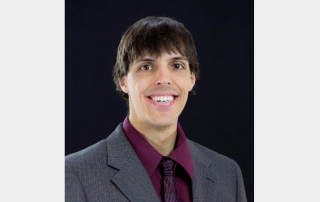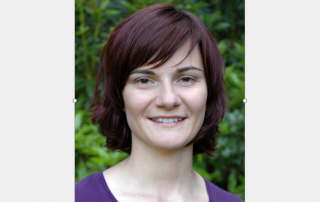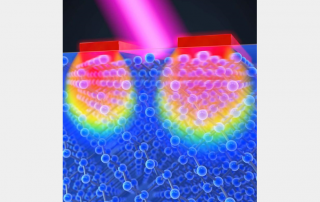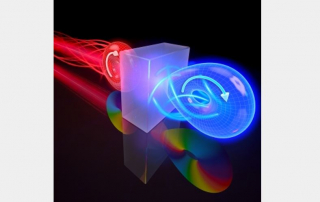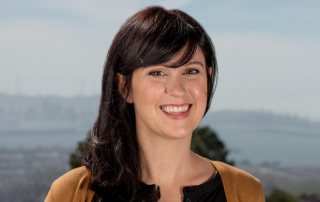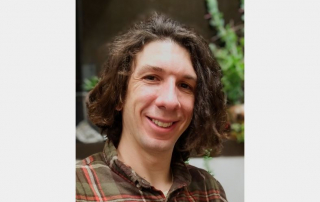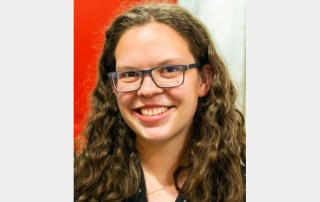Congratulations to Dr. Michael Tanksalvala for being awarded an NRC postdoctoral fellowship to work with NIST Boulder Labs
The NIST NRC Postdoctoral Program supports a nationwide competitive postdoctoral program administered in cooperation with the National Academies/National Research Council (NRC). The postdoctoral program brings research scientists and engineers of unusual promise and ability to perform advanced research related to the NIST mission, introduces the latest university research results and techniques to NIST scientific programs, strengthens mutual communication with university researchers, shares NIST unique research facilities with the U.S. scientific and engineering communities, and provides a valuable mechanism for the transfer of research results from NIST to the scientific and engineering communities.
